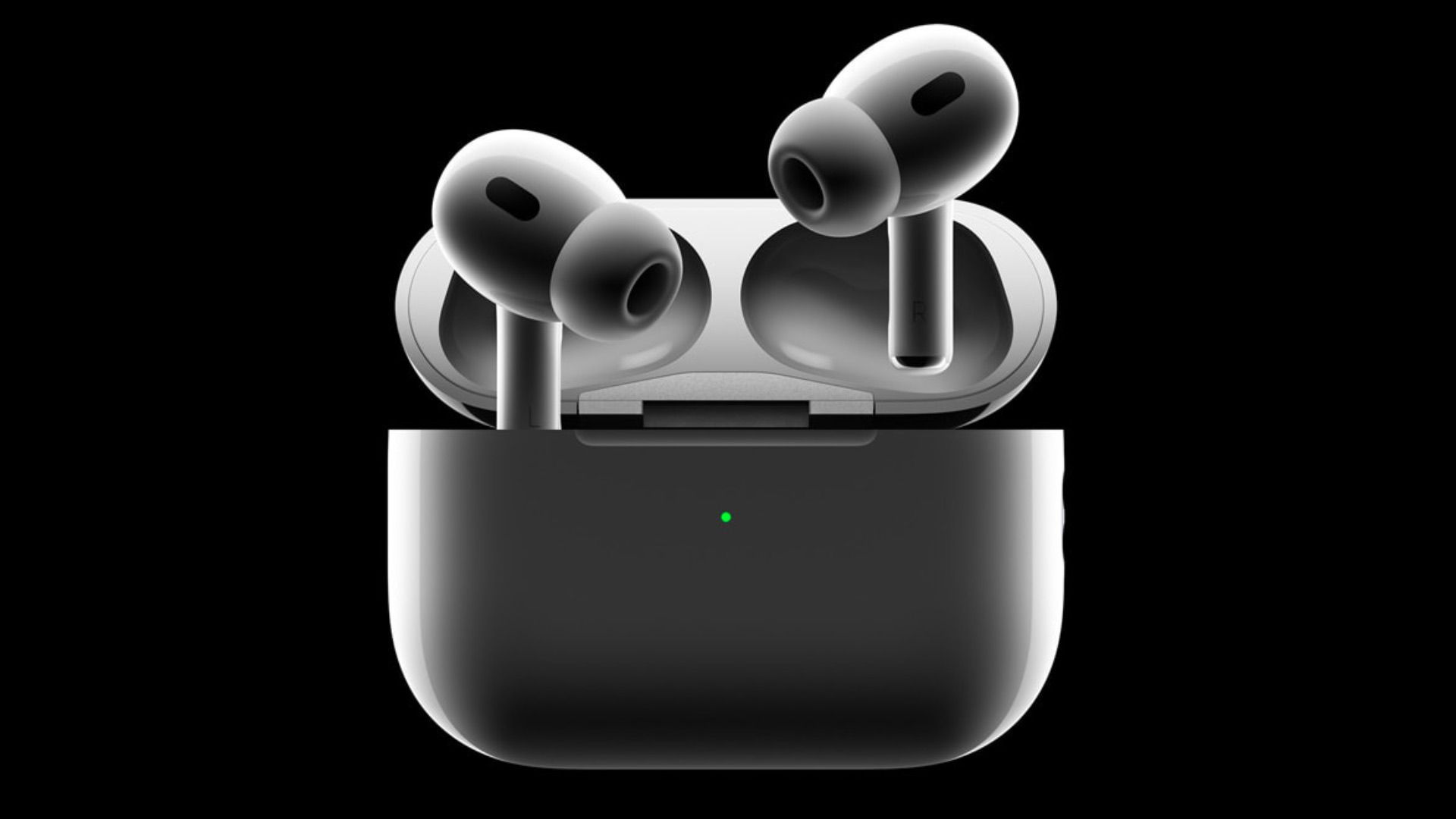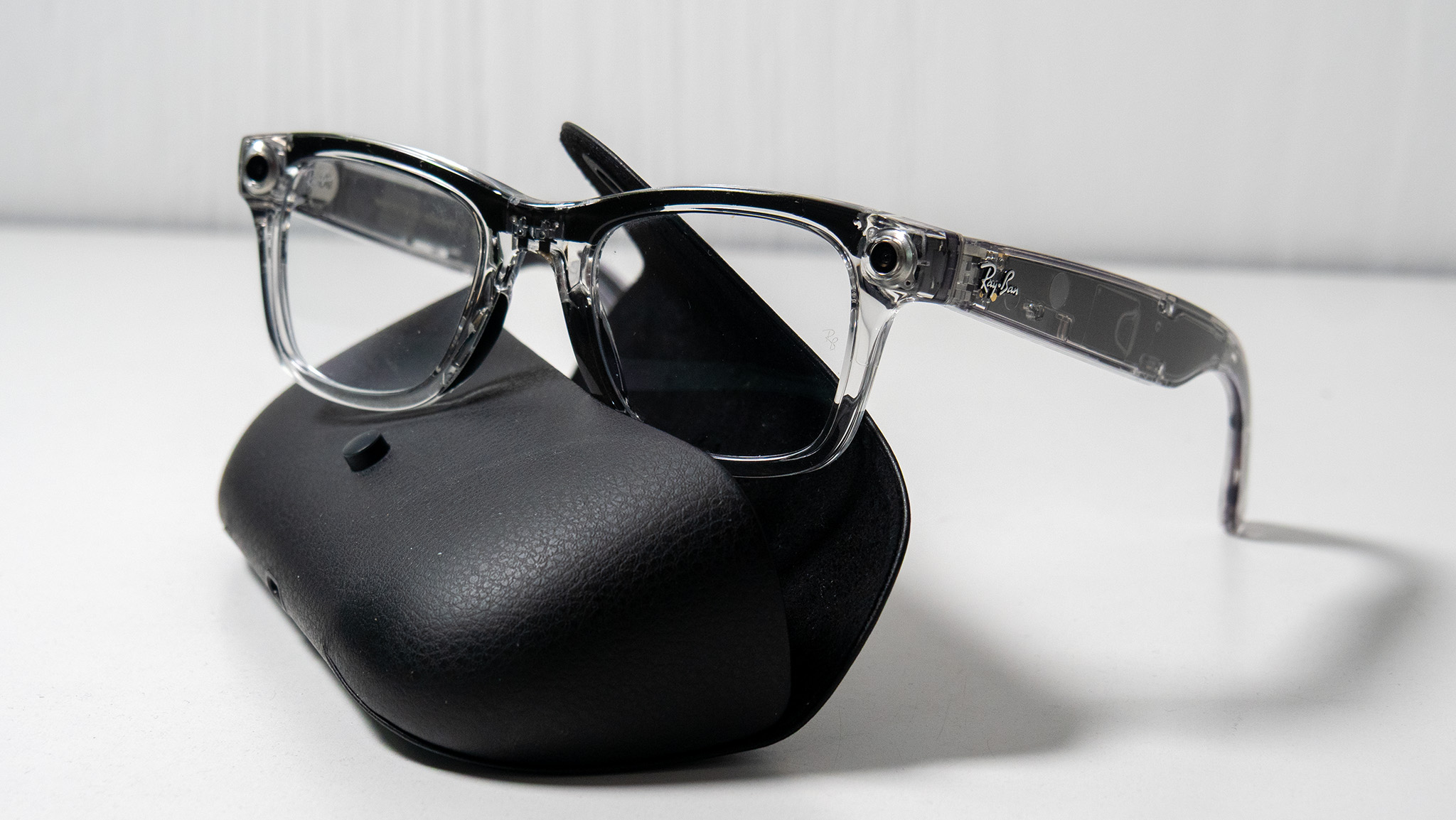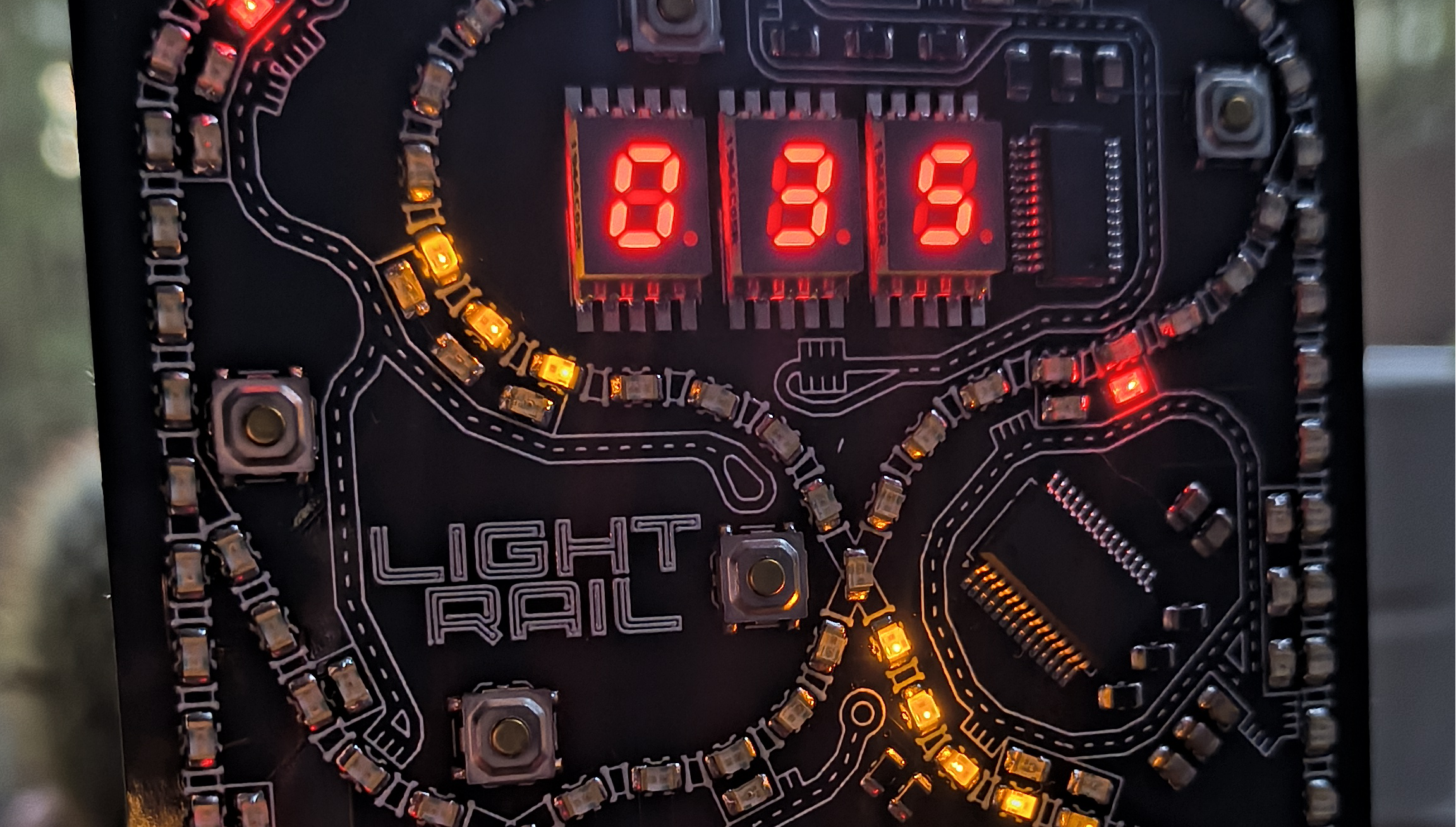Humanoid Robots Struggle at Beijing Half-Marathon Debut

In a groundbreaking event that blended technology and sports, humanoid robots faced off against human competitors in their debut at the half-marathon in Beijing. Set against the backdrop of the vibrant Chinese capital, the Yizhuang half-marathon took place on a lively Saturday, drawing thousands of enthusiastic runners eager to participate in this historic 21-kilometer (13 miles, 352 yards) challenge.
Despite the robots being equipped with advanced technology, they struggled to keep pace with their human counterparts. As the race commenced, the human runners quickly took the lead and maintained it throughout the event. For the robots, the competition proved to be more daunting than anticipated. One particularly unfortunate robot collapsed immediately after the starting gun, lying motionless for several long minutes before it was able to regain its footing. Another robot faced a mishap, crashing into a barrier mere strides into the race, inadvertently taking its handler down with it.
While a few machines managed to cross the finish line, their performance was significantly overshadowed by that of the human participants. For instance, the Tiangong Ultra, which was developed by the Beijing Innovation Centre of Human Robotics, completed the race in a time of 2 hours and 40 minutes. In stark contrast, the winning human runner finished the race over an hour earlier, highlighting the challenges that robots still face in such athletic endeavors.
Alan Fern, a robotics professor at Oregon State University, offered his perspective on the event, stating, Generally, these are interesting demonstrations, but they dont demonstrate much regarding the utility of useful work or any type of basic intelligence. His comment reflects a common view among experts who are cautious about overestimating the capabilities of current robotic technology.
On the other hand, local AI engineer He Sishu found the race to be a remarkable showcase of progress in robotics. The robots are running very well, very stable I feel Im witnessing the evolution of robots and AI, he remarked, expressing optimism about the future of these technologies.
Its important to note that despite their presence in the race, the robots were not truly autonomous competitors. Each robot was accompanied by a dedicated team of engineers, and some required physical support to maintain their balance and stability during the event. This aspect drew parallels to motorsport rather than traditional running races.
Many Chinese technology firms, including DroidVP and Noetix Robotics, participated in this unique event, showcasing a variety of robot designs, some even outfitted with boxing gloves and headbands to add a playful flair. The diversity in design highlighted the innovative approaches being taken in the field of robotics.
Looking ahead, Tang Jian, the Chief Technology Officer at Tiangongs lab, indicated that their future plans will focus on practical applications of robotics. He stated, A focus going forward will be industrial applications so they can truly enter factories, business scenarios, and finally households. This vision underscores an important shift in the development of robotics, aiming to transition from entertainment and demonstrations to real-world utility in various sectors.


























